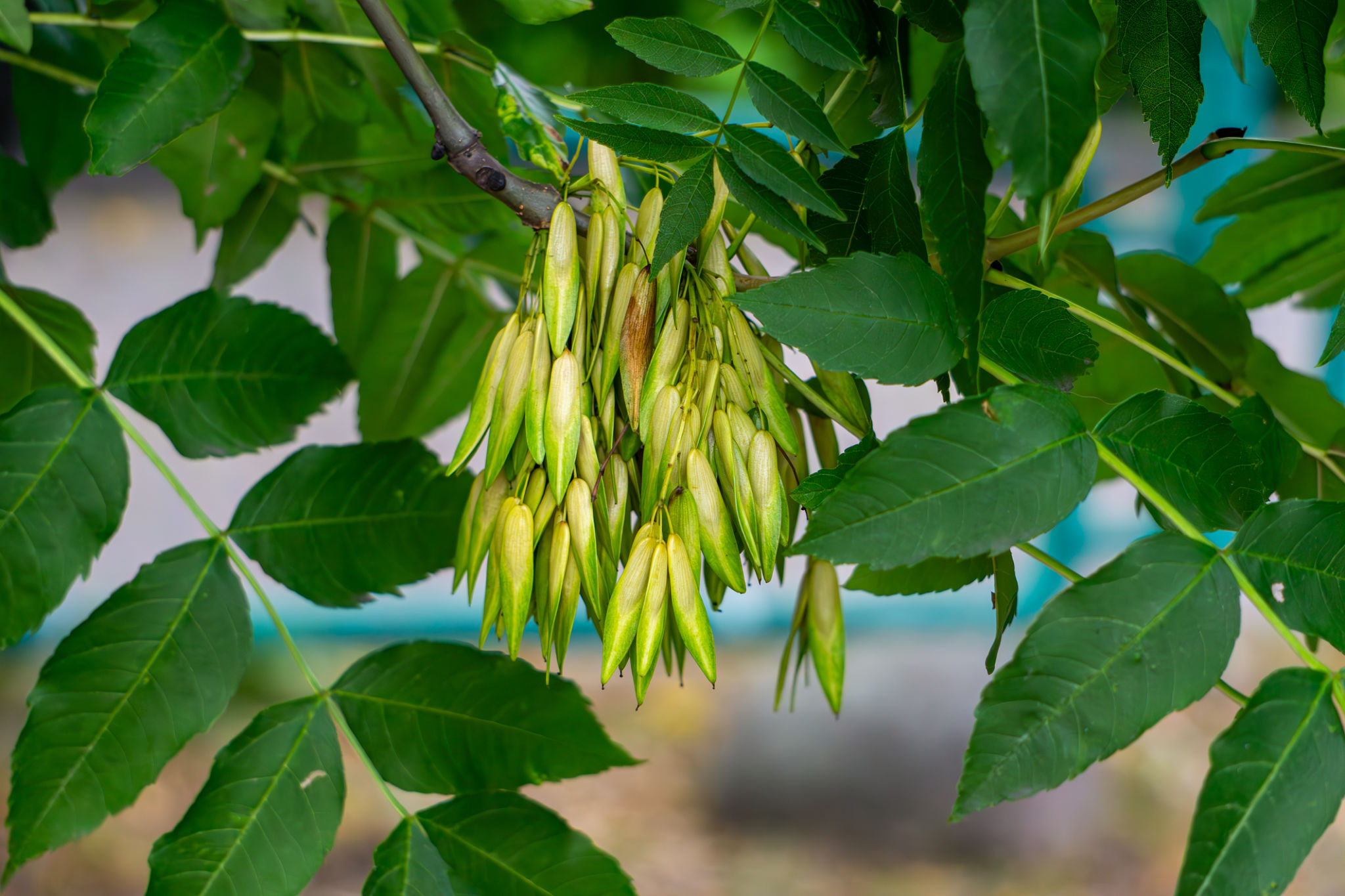Top 5 Tree Diseases in Dunfermline and How to Prevent Them
Understanding Tree Diseases in Dunfermline
In Dunfermline, maintaining healthy trees is crucial for preserving the local ecosystem and enhancing the beauty of the landscape. However, various tree diseases can pose significant threats. Understanding these diseases is the first step towards prevention and management.

1. Dutch Elm Disease
Dutch Elm Disease is a serious condition caused by a fungus spread by elm bark beetles. It primarily affects elm trees, leading to wilting and eventual death. Early detection is vital to prevent the spread of this disease.
To prevent Dutch Elm Disease, consider the following strategies:
- Regularly inspect elm trees for signs of infection.
- Prune affected branches promptly to stop the spread.
- Implement an integrated pest management system to control beetle populations.
2. Ash Dieback
Ash Dieback is a fungal disease affecting ash trees, causing leaf loss and bark lesions. Over time, it can lead to significant tree decline. It's essential to monitor trees regularly to catch this disease early.

Prevention methods include:
- Planting a diverse range of tree species to reduce dependency on ash trees.
- Removing and destroying infected trees to prevent further spread.
- Supporting research and conservation efforts for resistant ash tree varieties.
3. Oak Decline
Oak Decline encompasses several factors, including pests, pathogens, and environmental stressors. Symptoms include leaf discoloration and dieback. Proactive management is essential to maintain oak health.
Effective prevention includes:
- Improving soil drainage and reducing compaction around oak trees.
- Ensuring trees are well-watered, especially during dry periods.
- Regularly checking for signs of pest infestations and treating accordingly.

4. Honey Fungus
Honey Fungus is a prevalent root disease that can affect a wide range of tree species. It manifests as clusters of honey-colored mushrooms at the base of trees and can lead to root rot.
To mitigate the impact of Honey Fungus:
- Remove infected stumps and roots thoroughly.
- Improve soil aeration and drainage to discourage fungal growth.
- Consider planting resistant tree species in affected areas.
5. Fireblight
Fireblight is a bacterial disease affecting apple and pear trees, causing branches to appear scorched. This disease spreads rapidly in warm, wet conditions.

Preventive measures include:
- Pruning infected branches during the dormant season.
- Ensuring proper spacing between trees to improve air circulation.
- Applying appropriate fungicidal sprays as a preventive measure.
Conclusion
Protecting Dunfermline's trees from these common diseases requires vigilance and proactive management. Regular monitoring, combined with effective prevention strategies, can help ensure the health and longevity of trees in the area. By taking these steps, you contribute to the preservation of the natural beauty and ecological balance in Dunfermline.